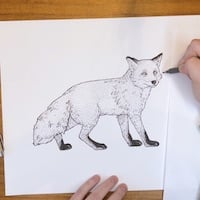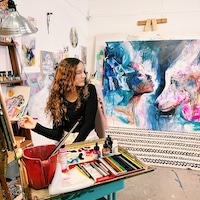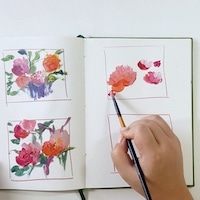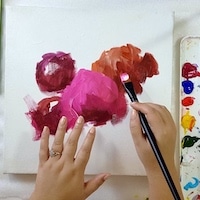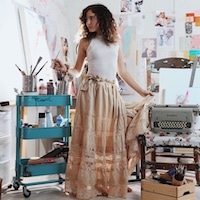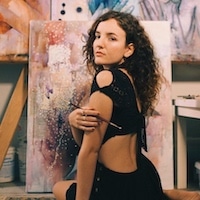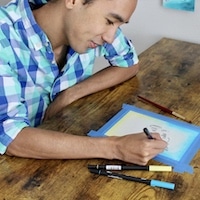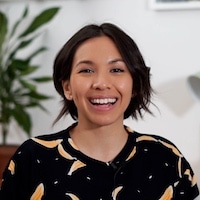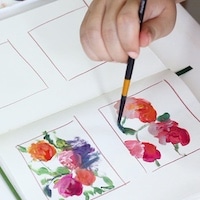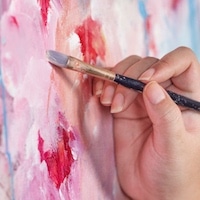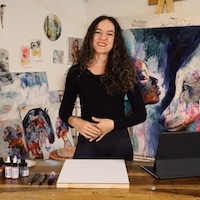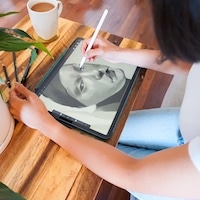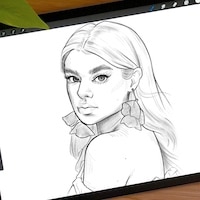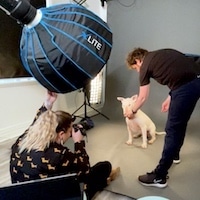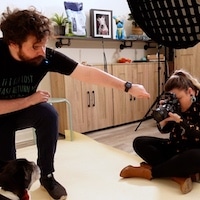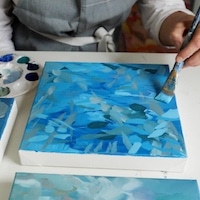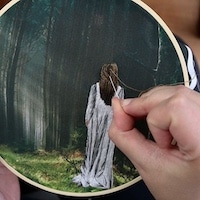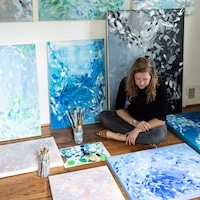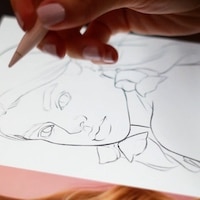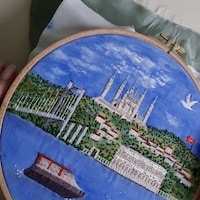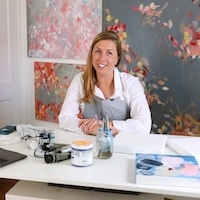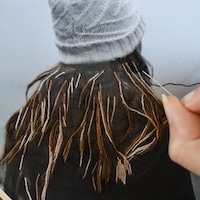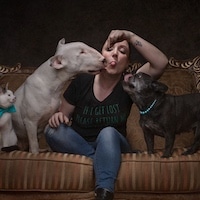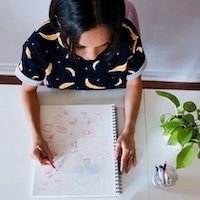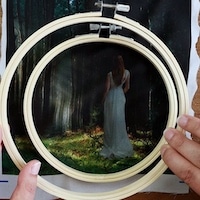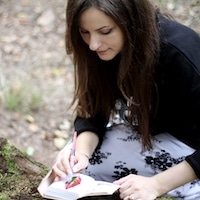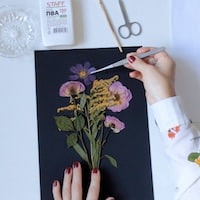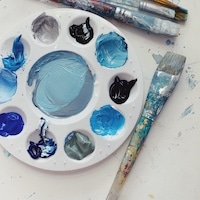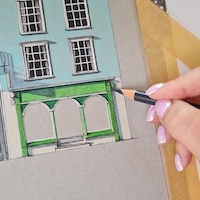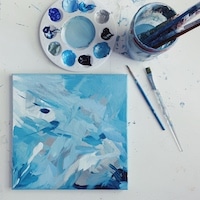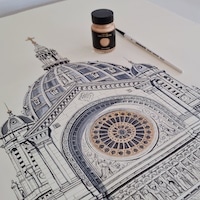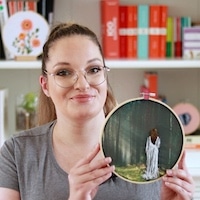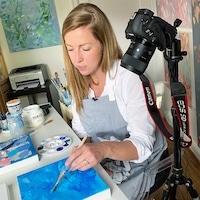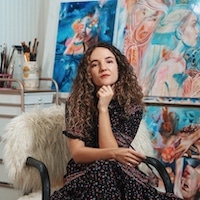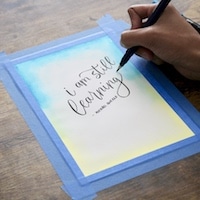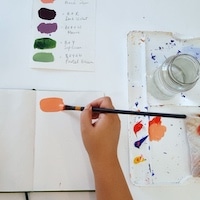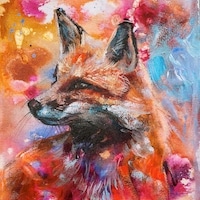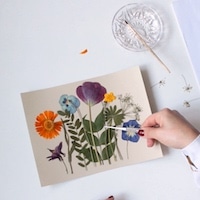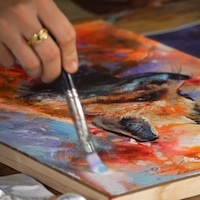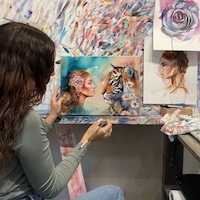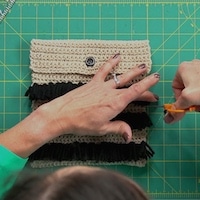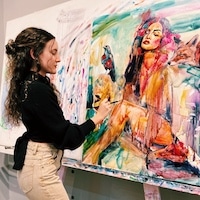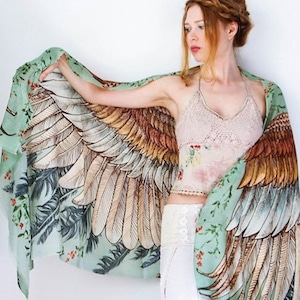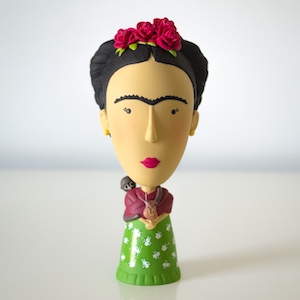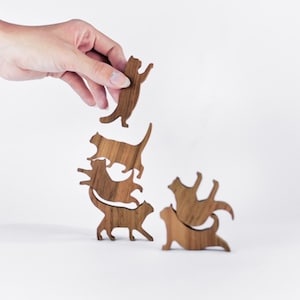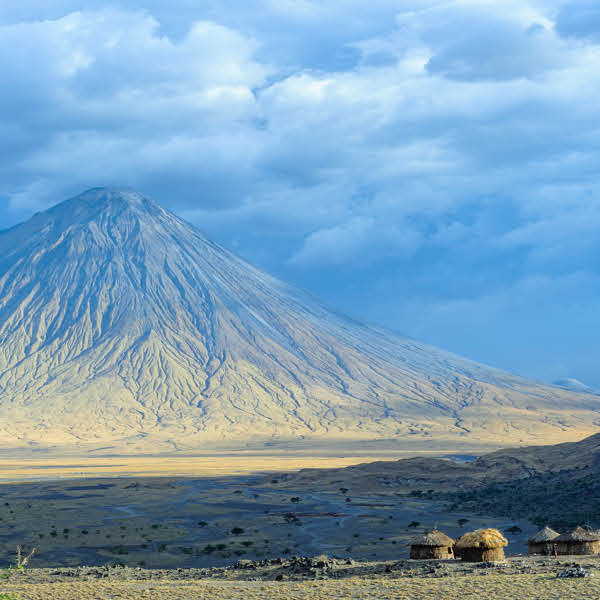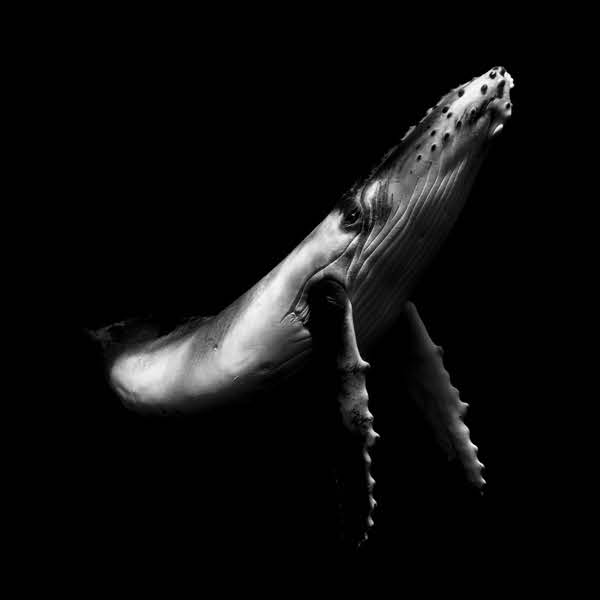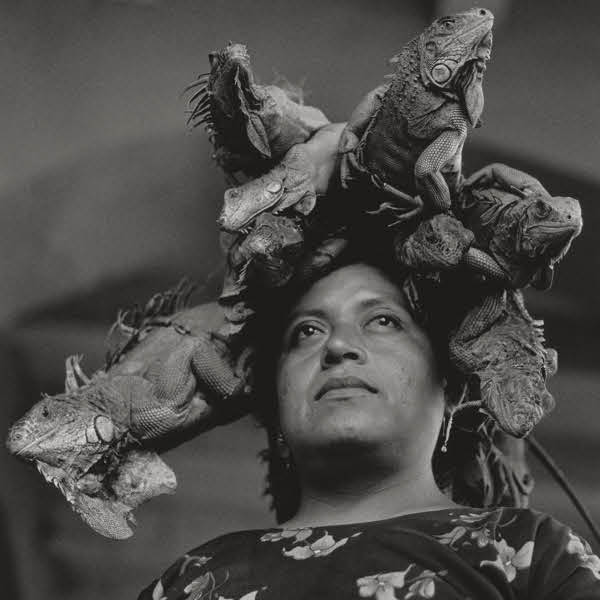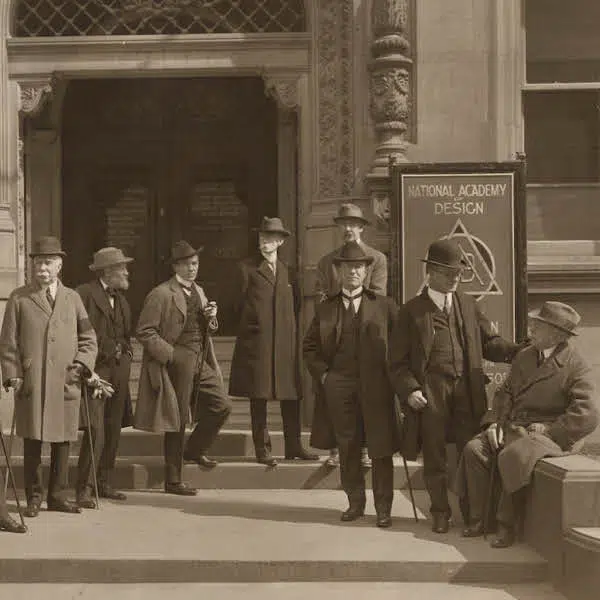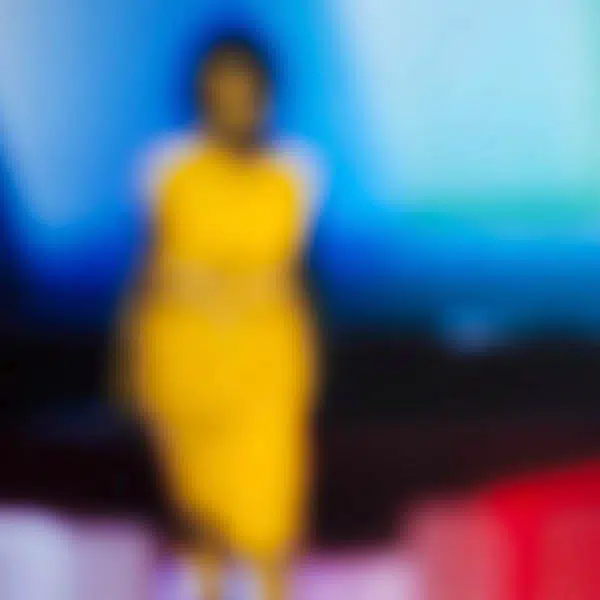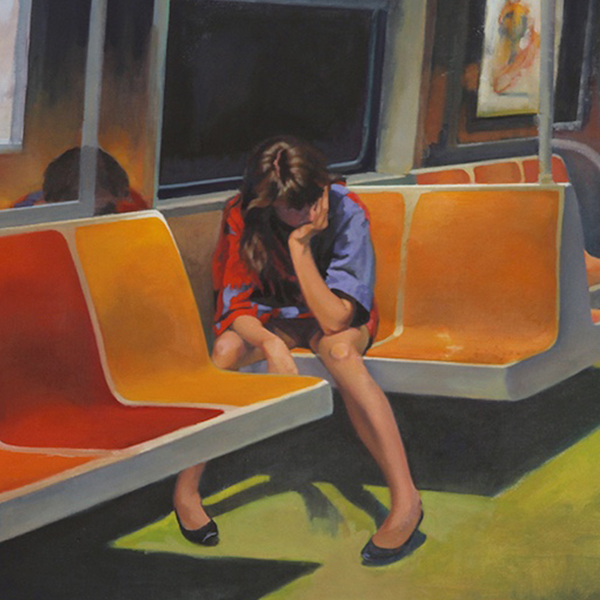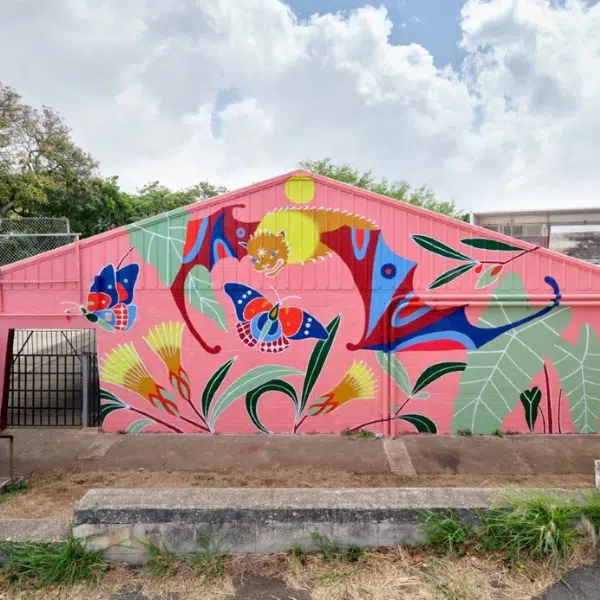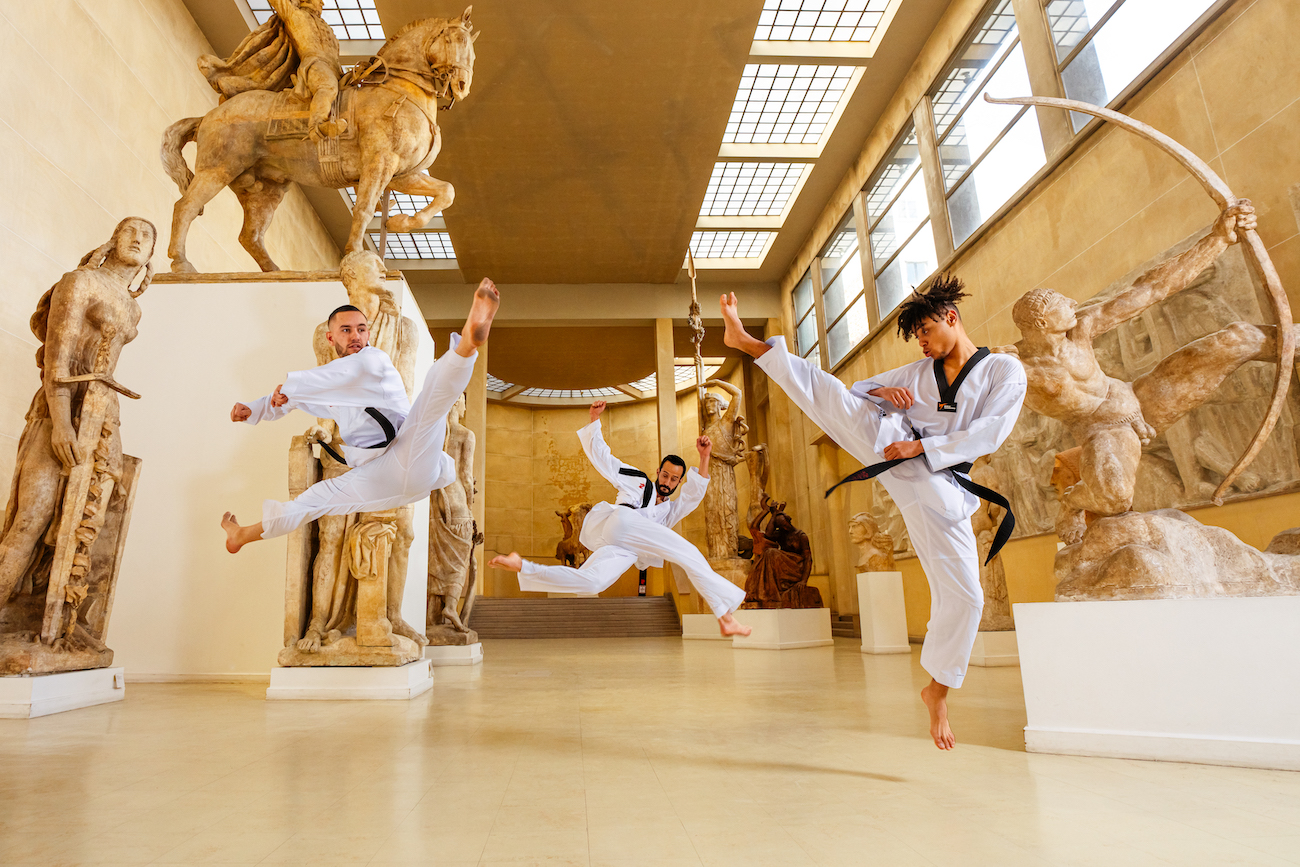
Whether it be in painting, illustration, or photography, movement can be notoriously difficult to communicate in a static medium. This conundrum doesn’t concern Mathieu Forget. In his photographs, fencers leap toward each other with their swords drawn; martial artists and tennis players are suspended in the air; and breakdancers twist around each other, their limbs fluid and graceful. Though captured in single, unmoving images, the energy and dynamism expressed by these figures is remarkably palpable.
Based in Paris, Forget specializes in such gravity-defying photographs, in which he showcases his signature “levitation” technique. Each composition boasts a mesmerizing level of patience and control, freezing subjects in mid-air and mid-action without unveiling the artist’s bag of tricks.
“The process is a combination of physical ability, precise timing, and photography techniques,” Forget tells My Modern Met. “I also experiment with natural and artificial lighting, composition, and camera angles to enhance the illusion of levitation.”
It also helps that Forget is a trained dancer, offering him an intimate understanding of the body and how best to represent it. With this fact in mind, his photographs assume a more poetic quality, where a subject’s actions aren’t simply displays of strength or prowess, but also of grace and fluidity.
“Movement is life,” the artist adds. “It represents energy, freedom, and infinite possibilities.”
As an interdisciplinary artist, Forget shifts between several projects, moods, and themes at a time, having worked on campaigns for Porsche, Lacoste, Prada, and, for the past two-and-a-half years, the 2024 Paris Olympics. These photographs have recently been compiled into Sport in the Air, a comprehensive volume celebrating Forget’s singular depictions of athletes in motion.
“I wanted to highlight the beauty, power, and grace of sports through the lens of levitation,” Forget says of his collaboration with the Olympics.
My Modern Met had the chance to speak with Mathieu Forget about his artistic influences, his fascination with levitating figures, and Sport in the Air. Read on for our exclusive interview with the artist.
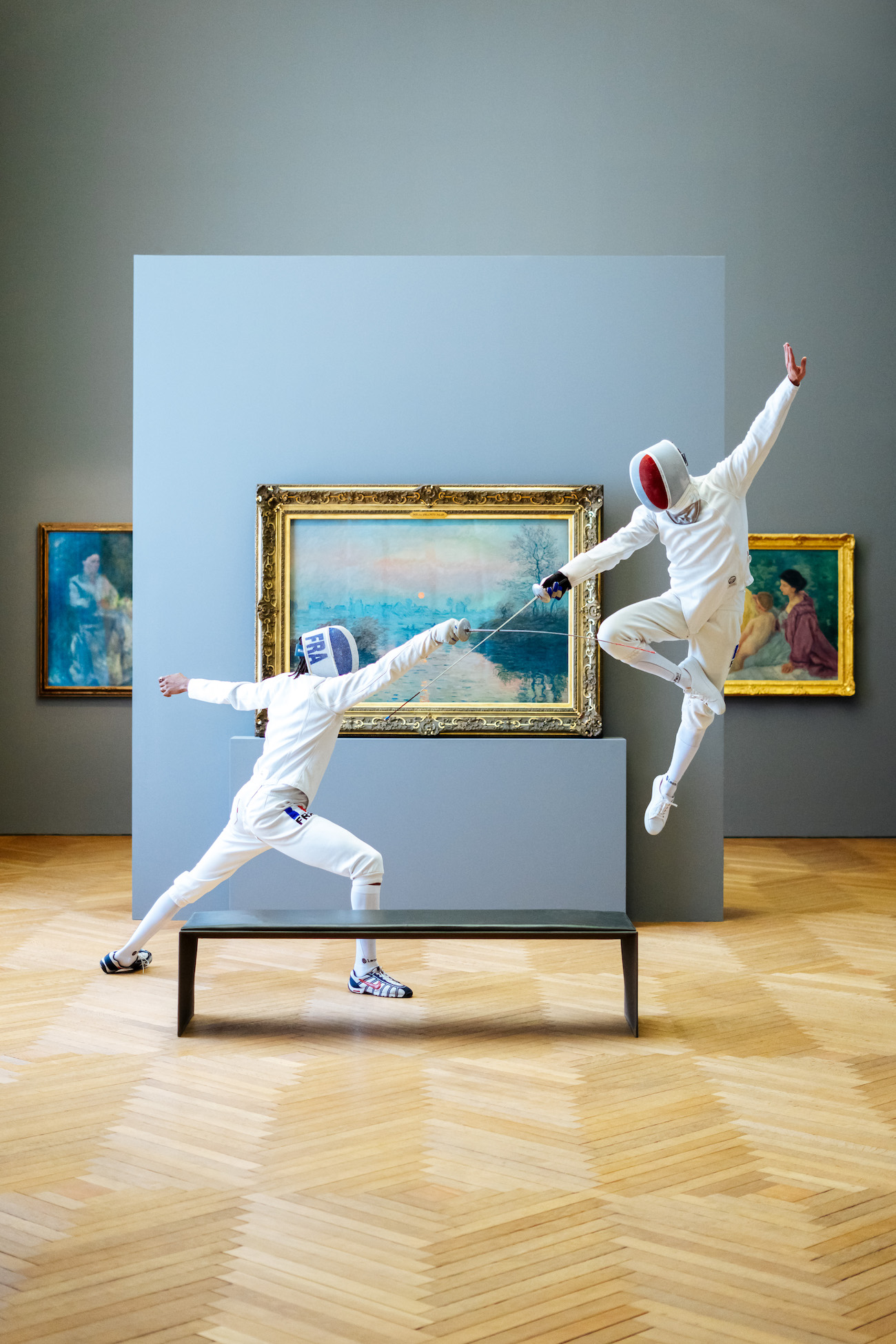
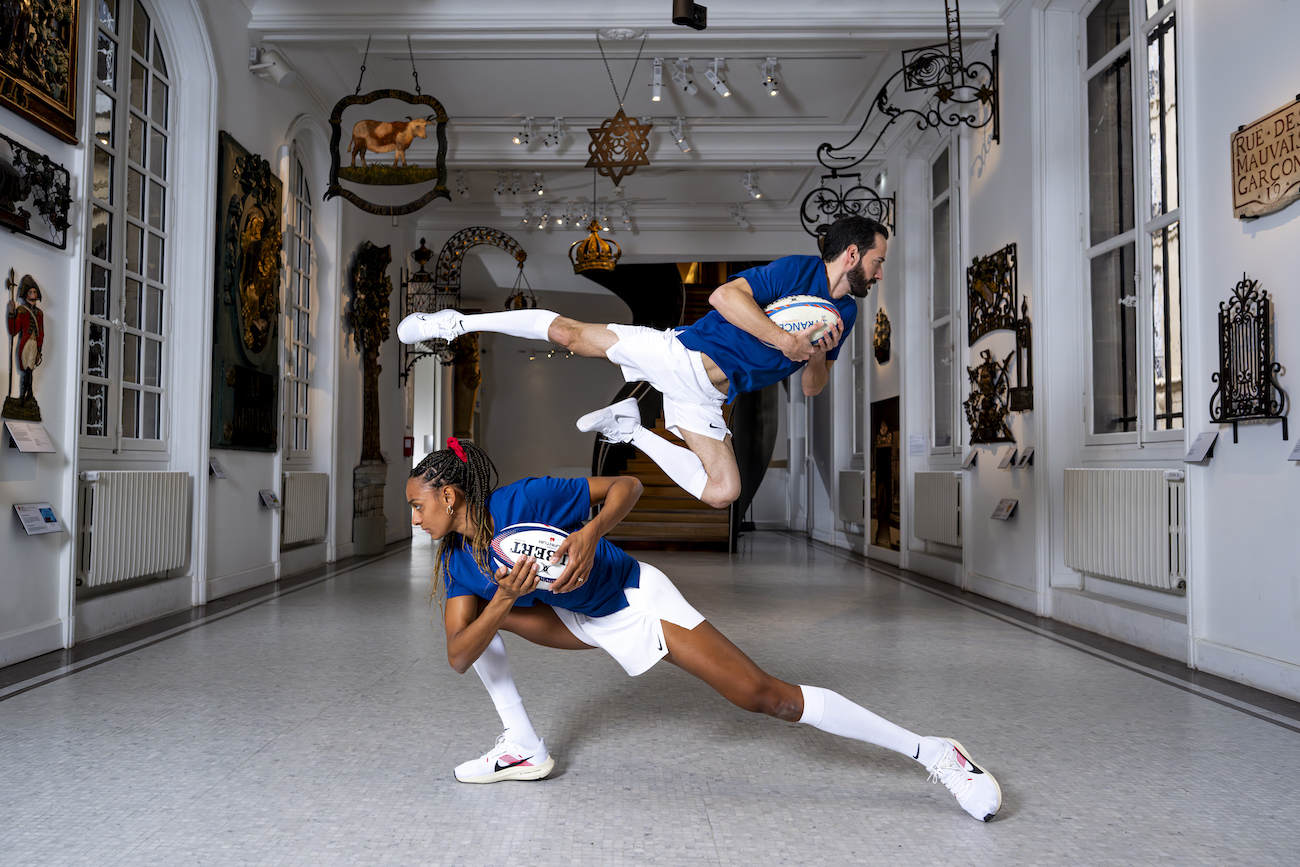
What originally drew you to art as a career, and how has your personal style evolved throughout the years?
Sports have always been a part of my life, and, having grown up in a sporty environment, I was naturally drawn to visual expression.
Art came with music, dance, and acting when I was 15 years old and when I studied in the U.S. at 18. My journey started with dance, which gave me an early appreciation for movement, rhythm, and storytelling through the body. Over the years, my style has evolved by blending different disciplines—photography, performance, and digital art—to create a unique visual language centered around movement and levitation. Each project has helped refine my vision, pushing me to explore new ways of capturing motion in an immersive and surreal way.

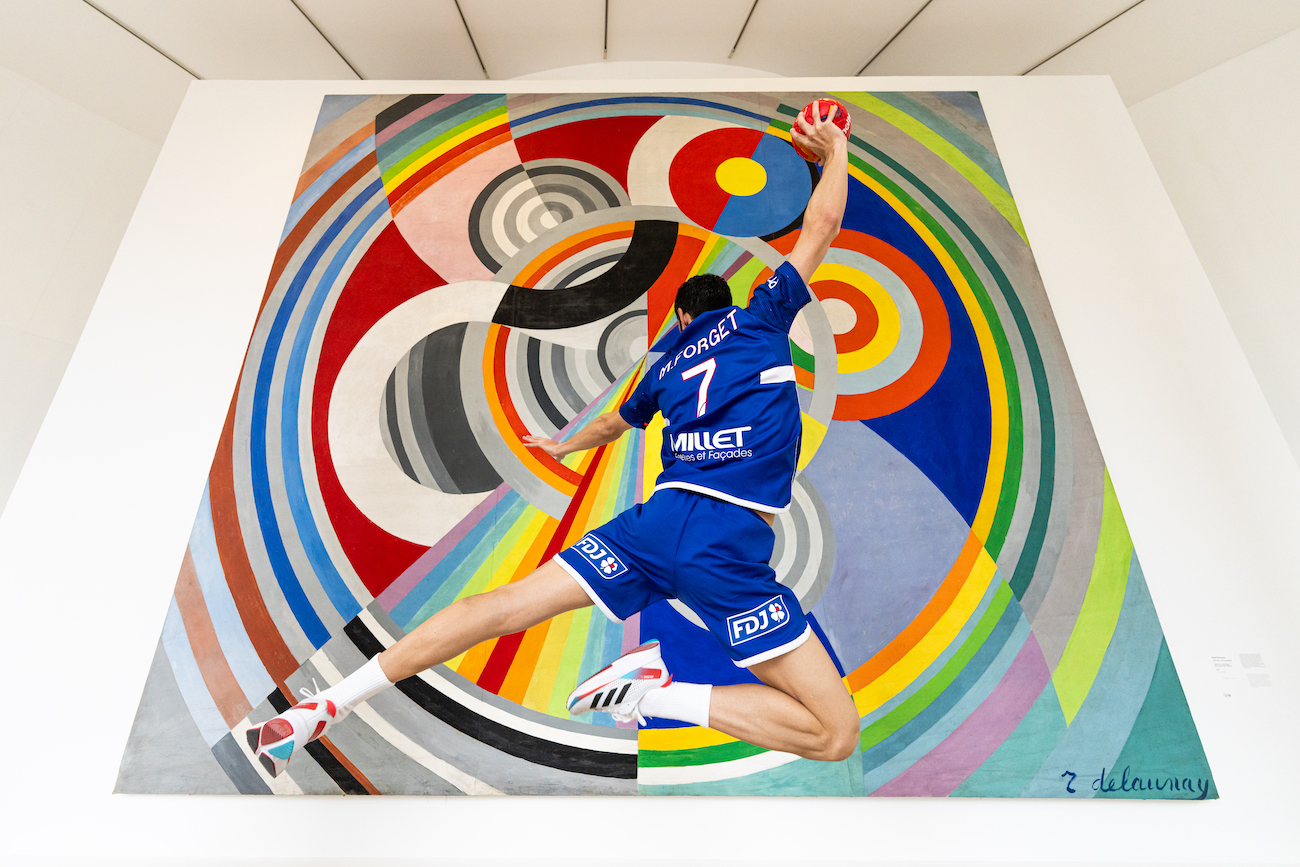
You specialize in movement and levitation throughout your work. What compels you about these two themes?
Movement is life. It represents energy, freedom, and infinite possibilities. I’ve always been fascinated by the idea of defying gravity—both physically and metaphorically. Levitation is a way to express weightlessness, a sense of escape from the ordinary. It allows me to create dreamlike imagery that challenges perception and sparks curiosity.
These themes are a reflection of my desire to explore the limits of human potential, challenge myself physically and how we interact with the world around us.
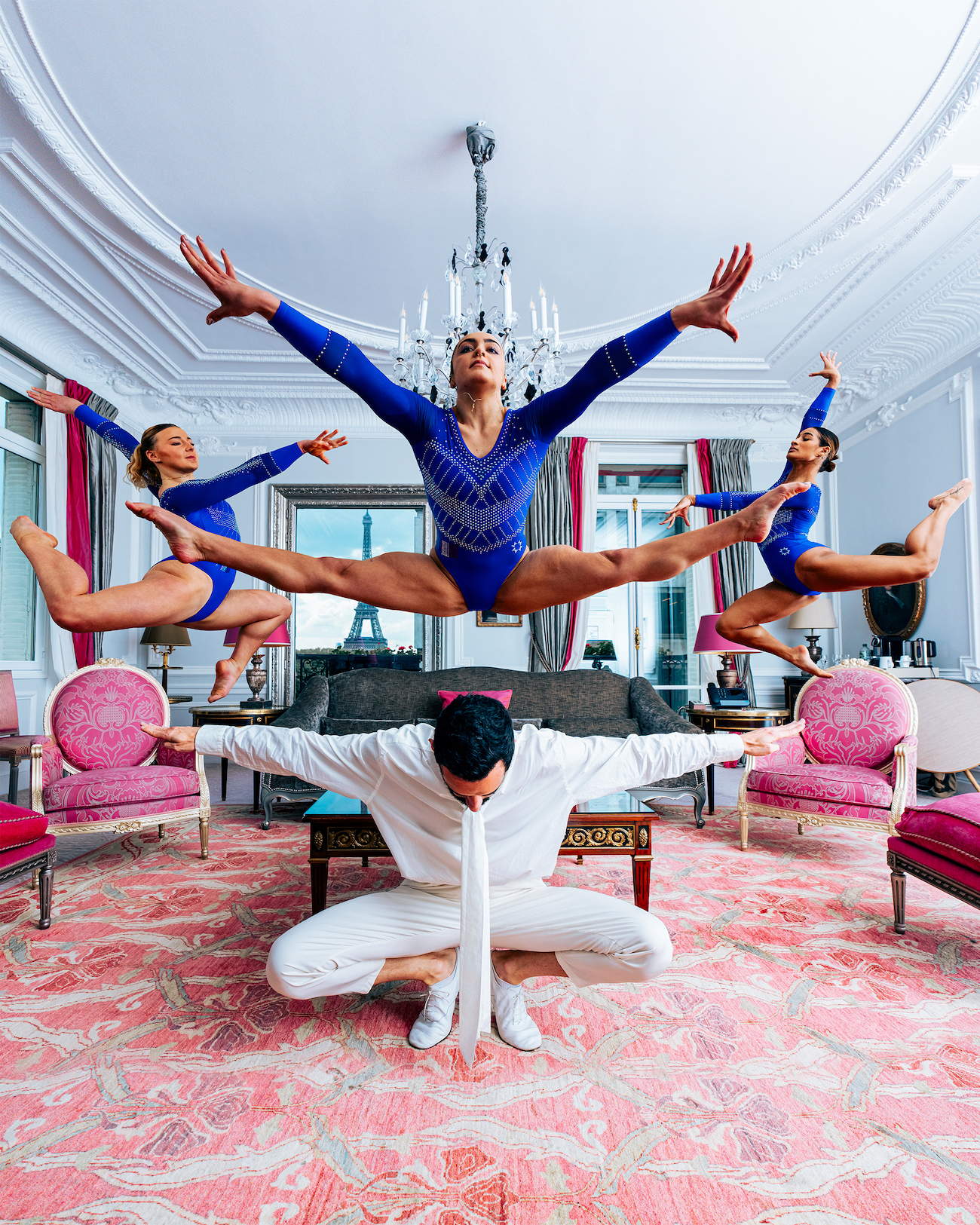


How do you achieve the effects of movement and levitation for which you’re known? How long did it take to perfect your methodology?
The process is a combination of physical ability, precise timing, and photography techniques. As a trained dancer, I have an understanding of body control, which helps me create dynamic shapes in midair. I also experiment with natural and artificial lighting, composition, and camera angles to enhance the illusion of levitation.
There’s no single method—it’s an ongoing process of trial and refinement. It took years of practice to develop the style I have today, but I’m always evolving, discovering new ways to push the boundaries of visual storytelling.
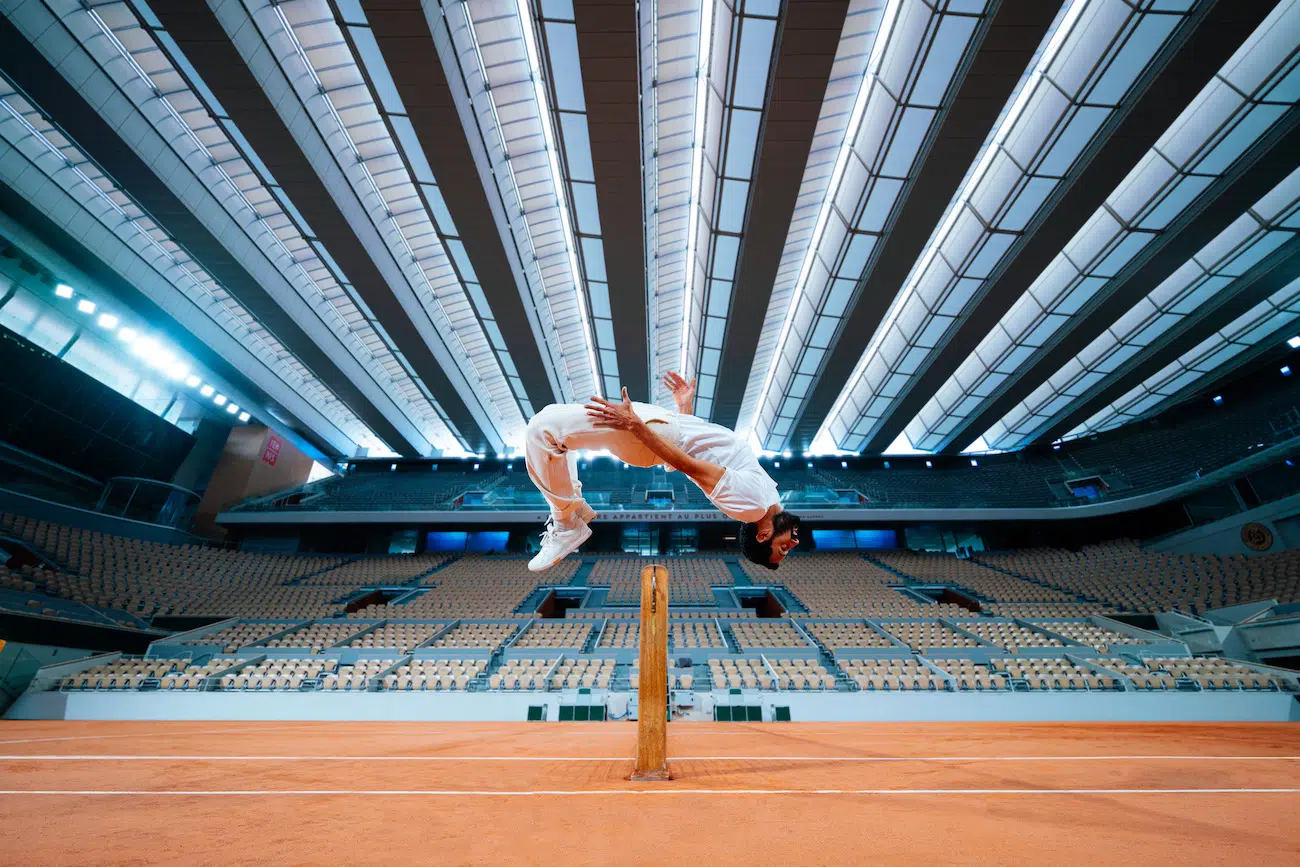
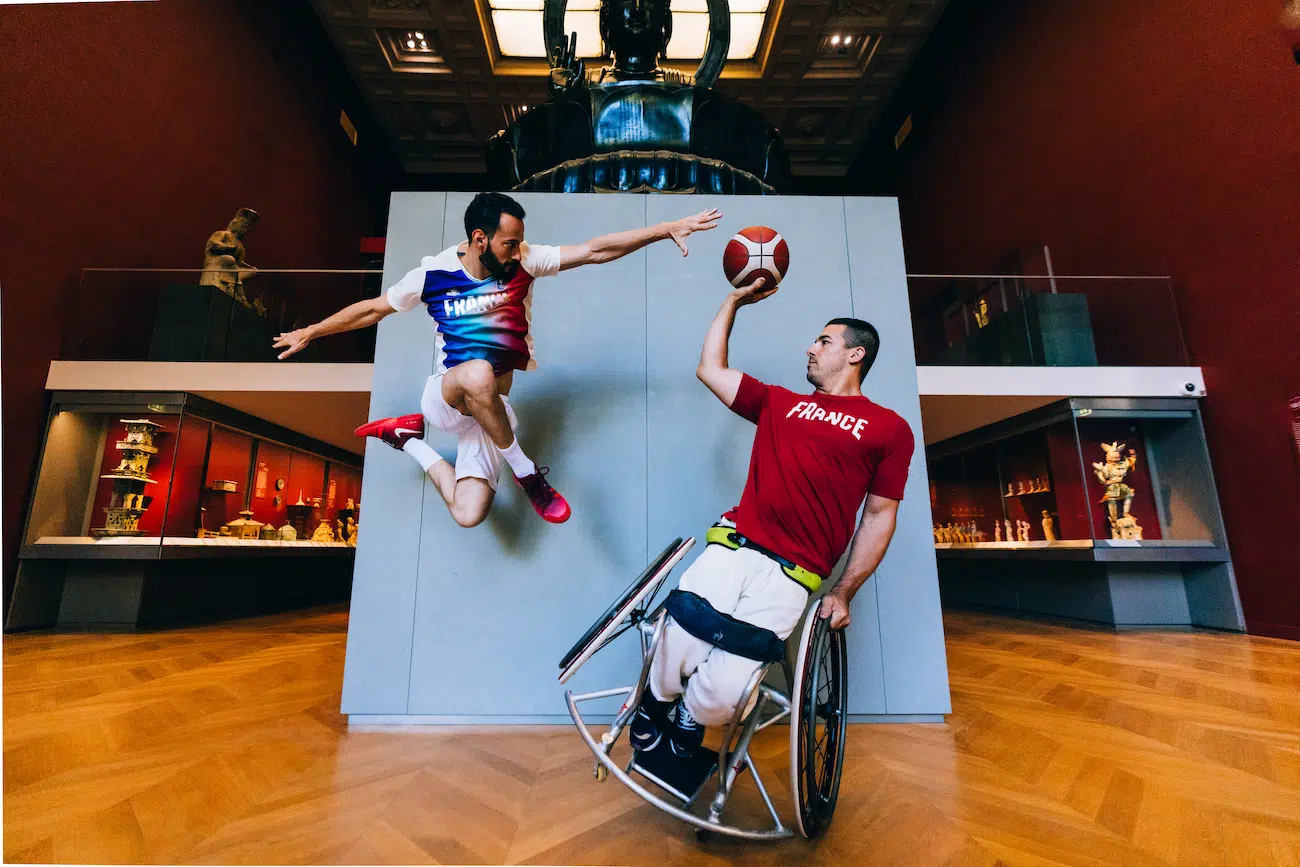
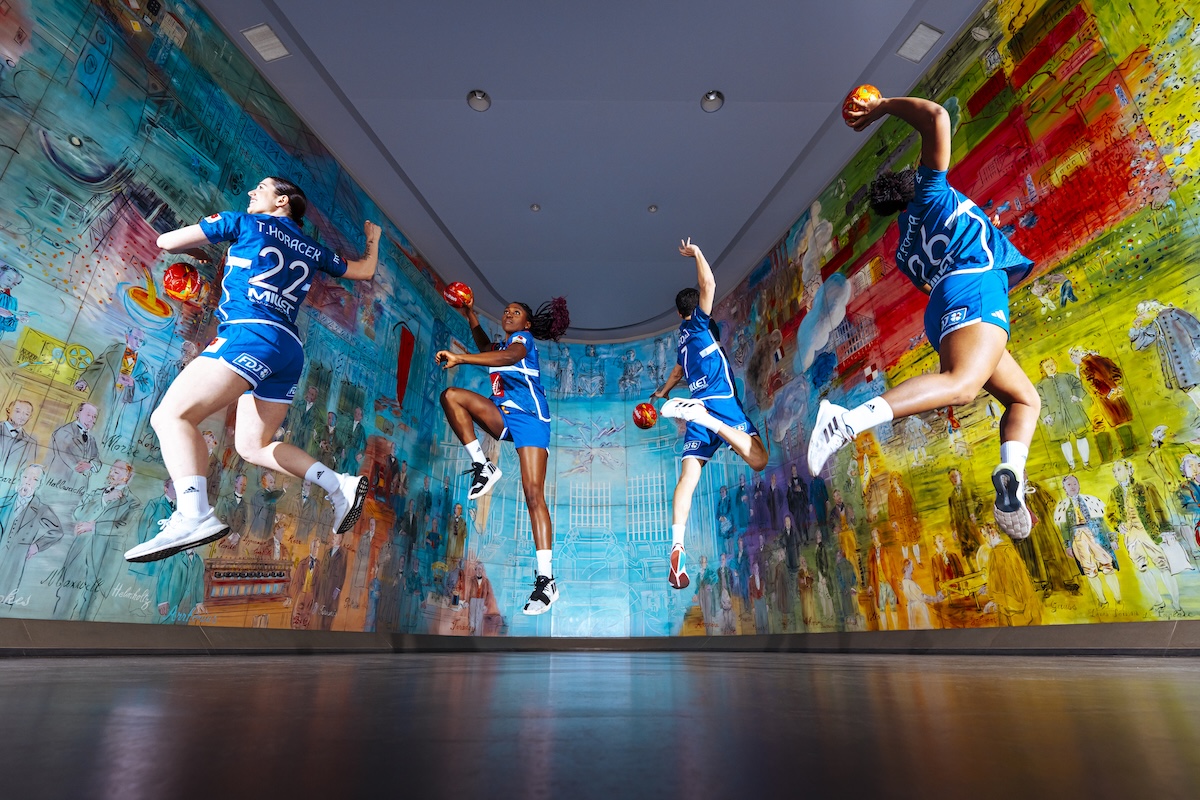
How do your interests in multiple fields such as dance, photography, and performance art impact your creative process?
Each discipline influences the other. Dance gives me an instinct for movement, photography allows me to capture and freeze that motion, and performance art adds a layer of storytelling and emotion.
By merging these elements, I create work that feels both kinetic and cinematic. My creative process is often fluid—I might start with a movement idea and then build a visual concept around it, or I might have a specific location in mind that inspires a new sequence of motion. This cross-disciplinary approach keeps my work dynamic and ever-evolving.
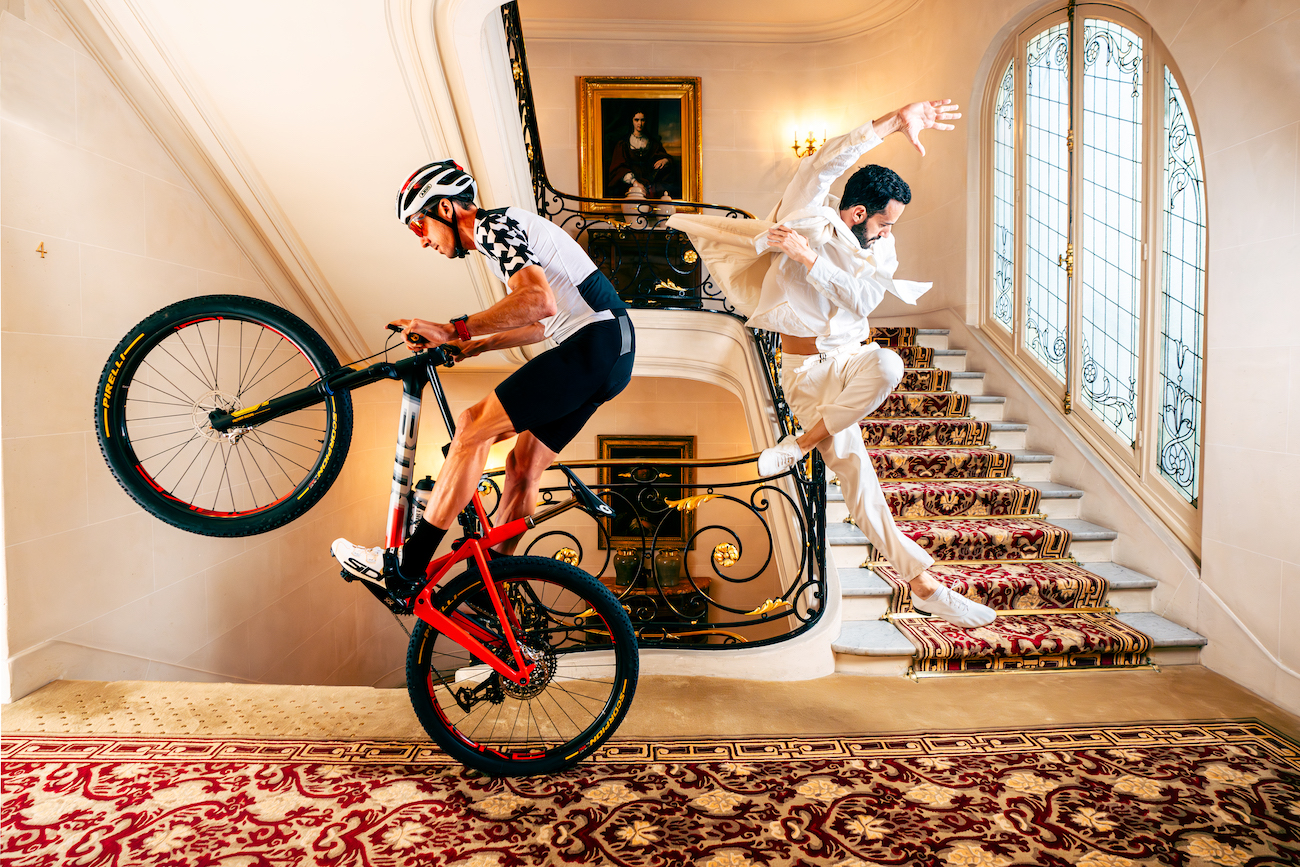
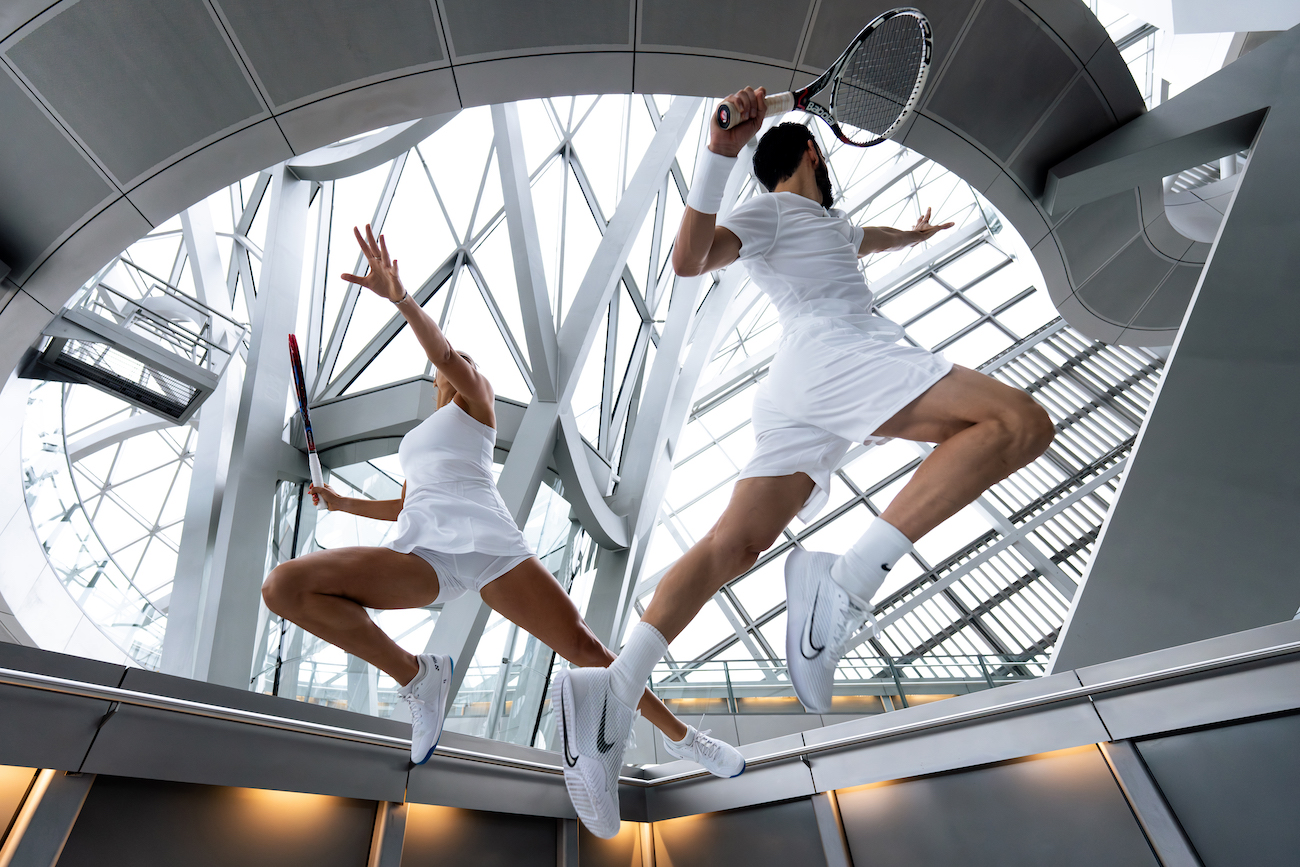
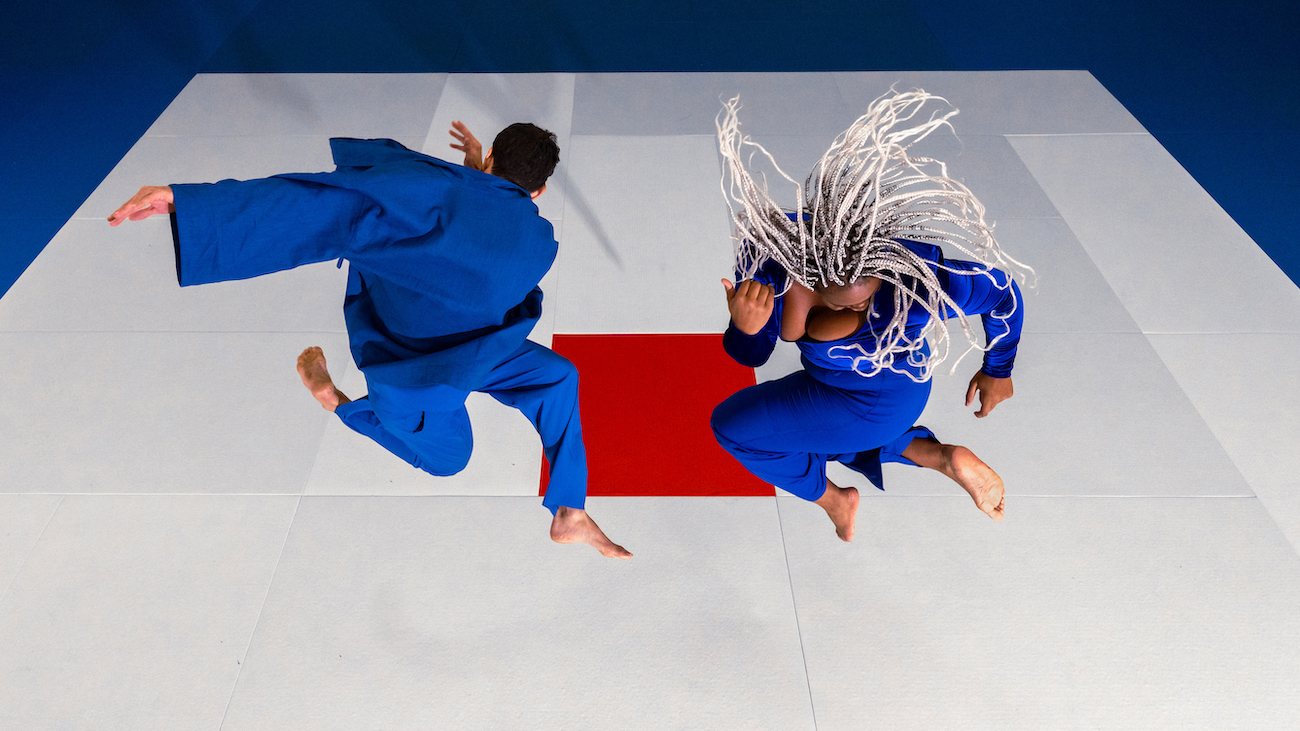
Your Sport in the Air series focuses on sports scenes captured in midair. What originally inspired this project?
The idea came first from my fascination with athleticism and the way athletes defy gravity in their performances. I was then contacted by Paris 2024 to become an ambassador three years before the Olympic Games and was part of the journey promoting the message of art and sport in my home country. I wanted to highlight the beauty, power, and grace of sports through the lens of levitation. By capturing athletes at the peak of their jumps, flips, and movements, I aimed to showcase the poetry in their motion and create a relationship between artists and athletes.
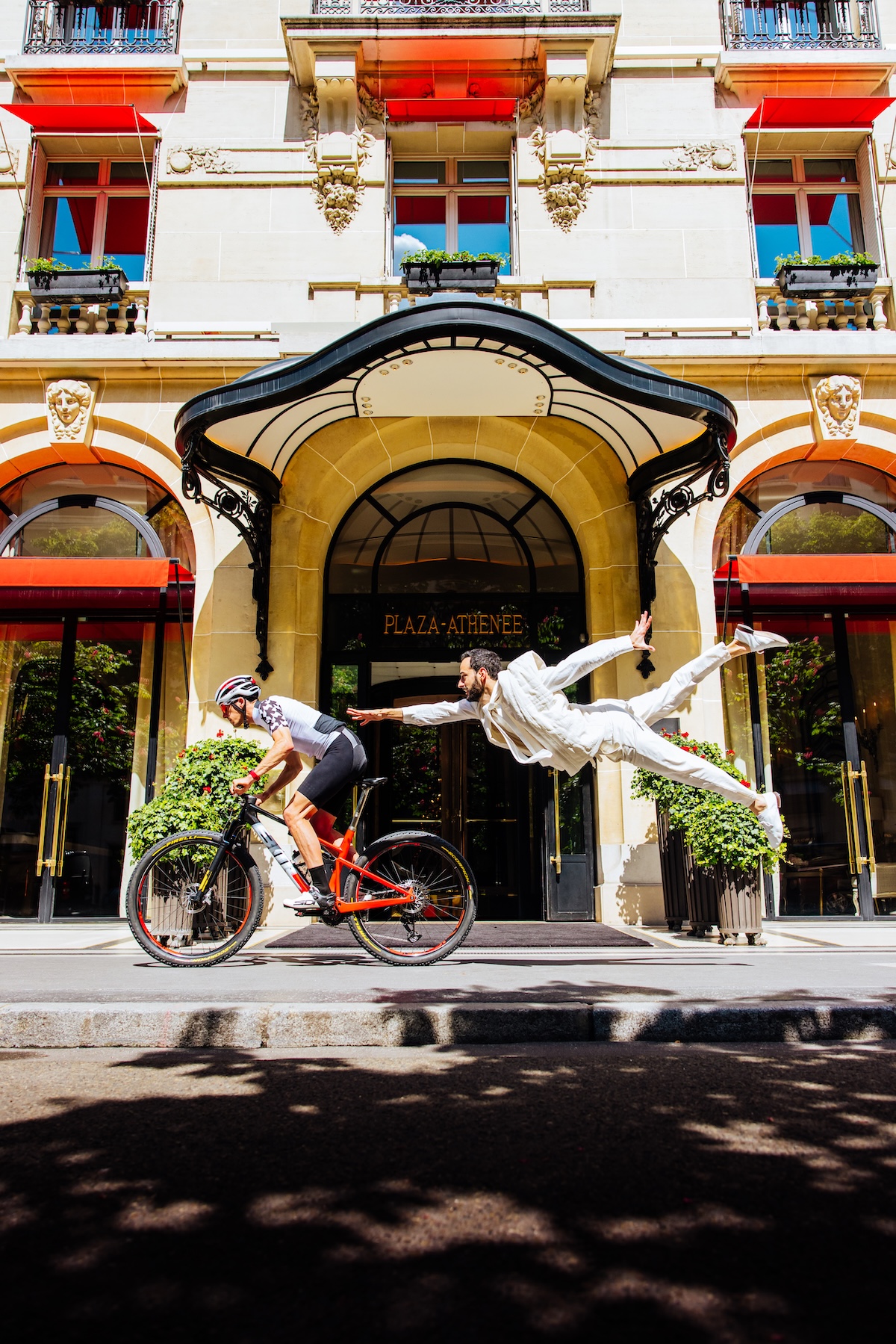
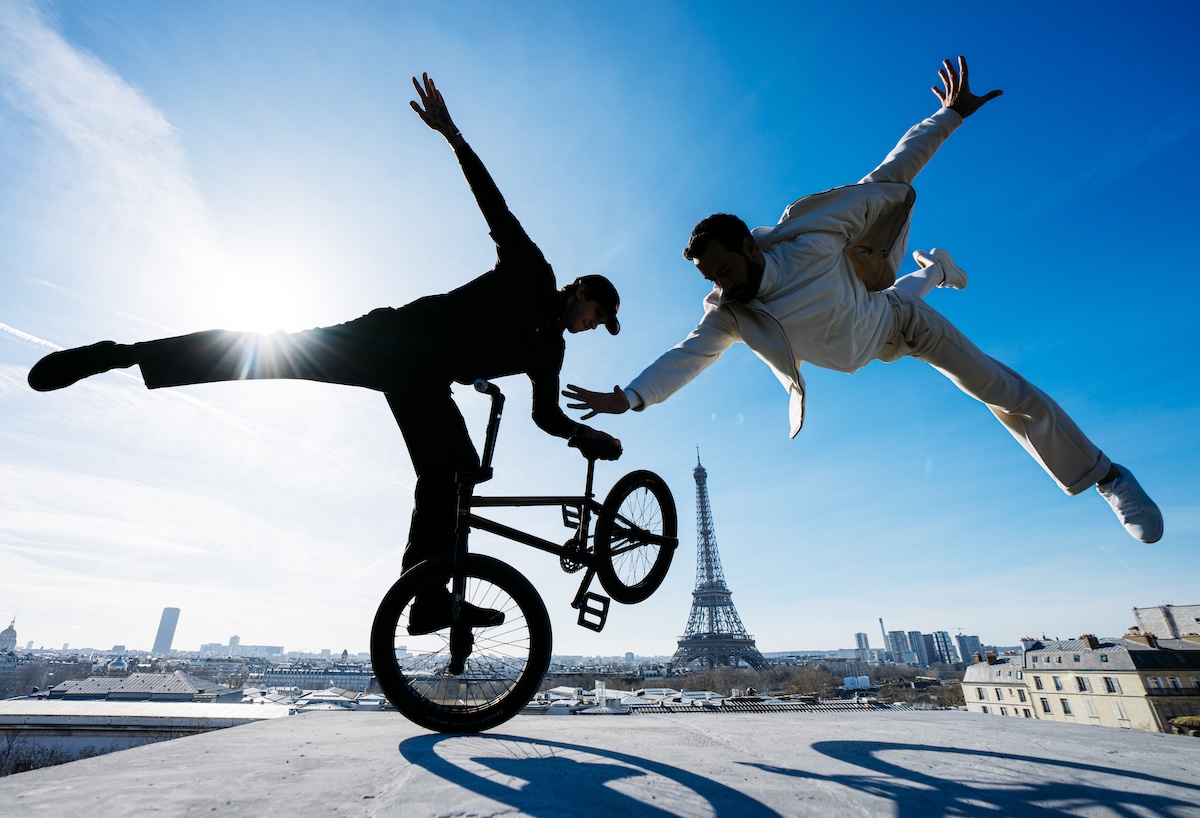
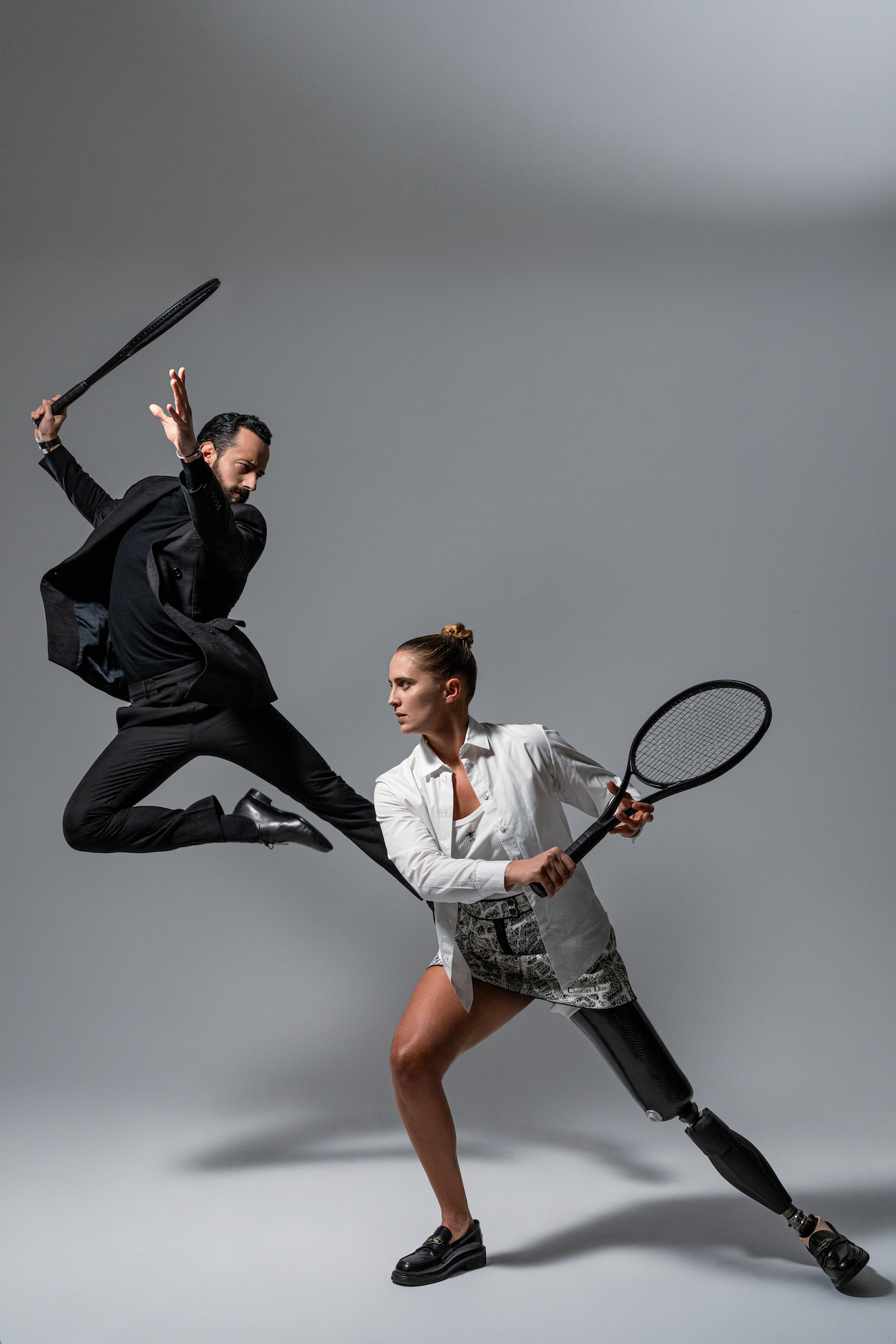
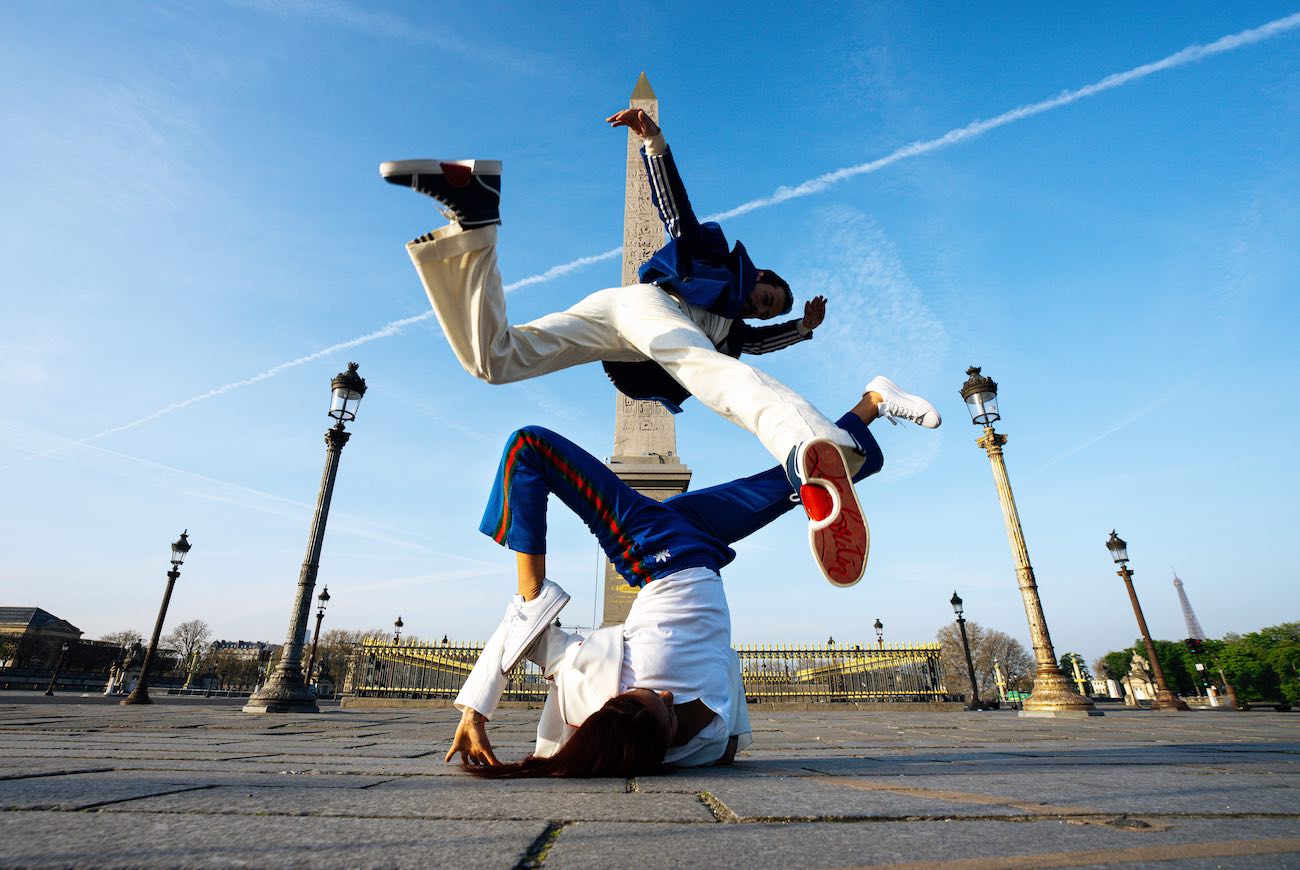
What are some of your favorite projects from the past year?
This past year has been filled with exciting collaborations, from working with renowned brands to creating experimental personal projects. Outside of my book Sport In The Air, which was a three-year process, one standout was a large-scale installation with a 3D sculpture of my body allowing the audience to engage with levitation in a new way. I also had the opportunity to explore new locations such as Antarctica that provided breathtaking backdrops for my work, further enhancing the surreal nature of my imagery.

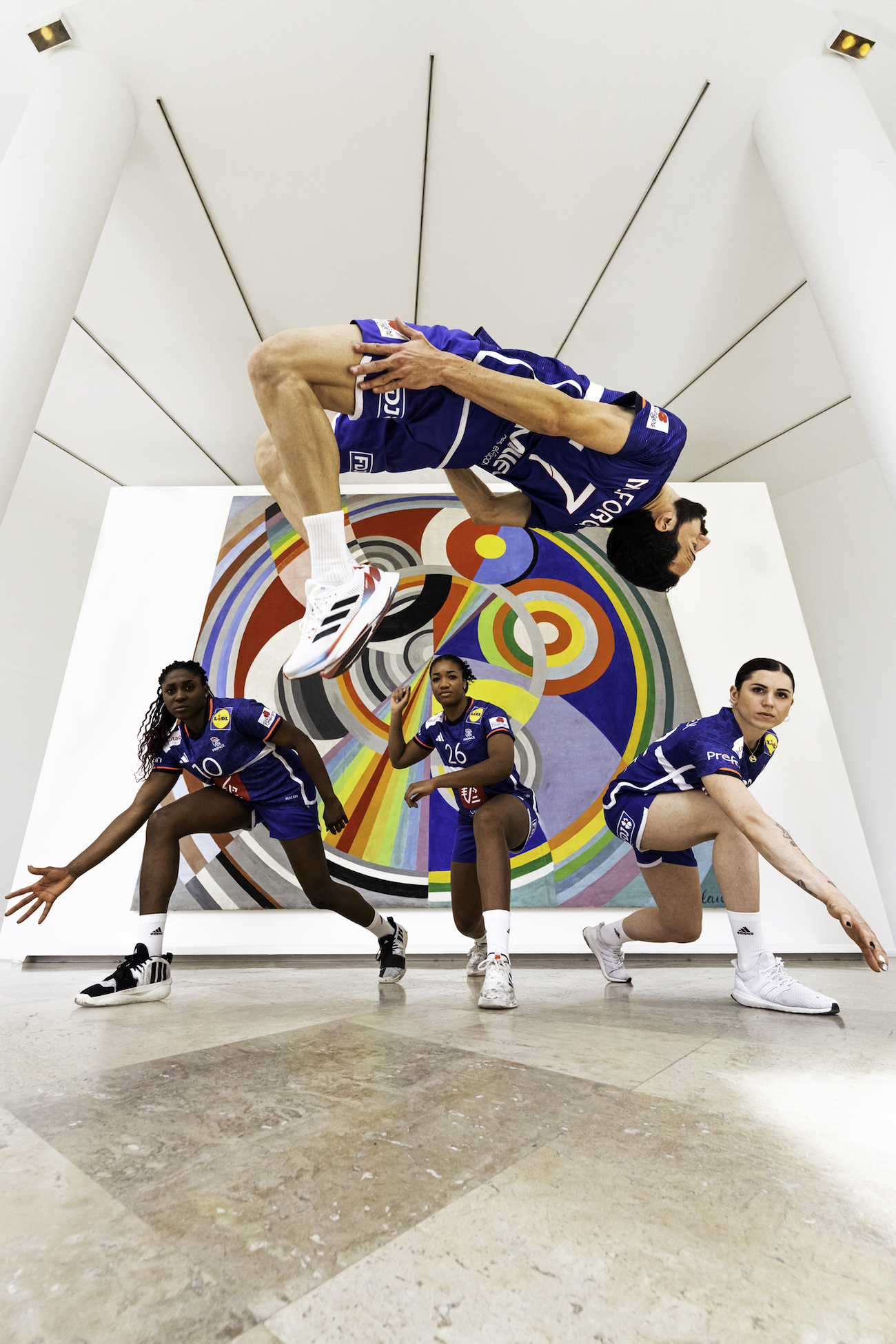
What do you hope people will take away from your work?
I hope my work inspires people to see movement and the world in a different way—not just as something physical but as a metaphor for possibility, freedom, and self-expression. I want to create visuals that make people pause, question reality, and feel a sense of wonder. If my images can evoke emotion, spark imagination, or push someone to dream beyond limits, then I’ve achieved what I set out to do.

